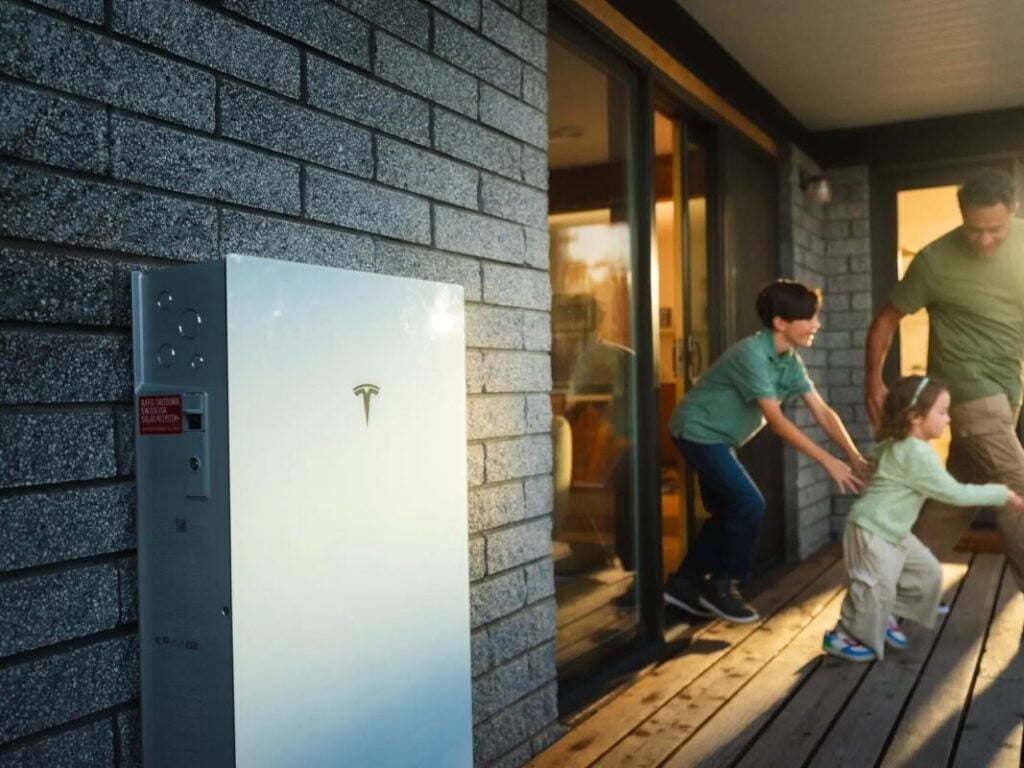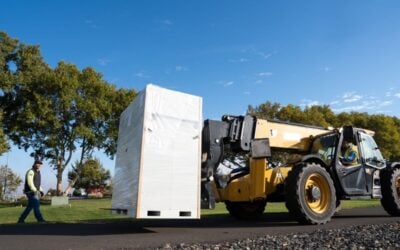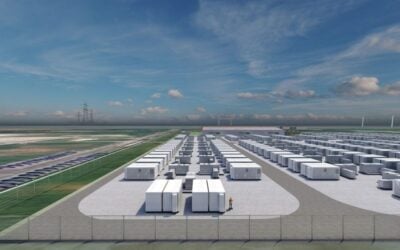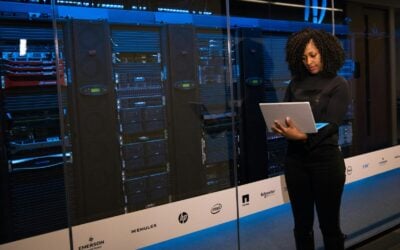
US residential solar installer Sunrun’s virtual power plant (VPP) in California has more than quadrupled in size from 2024 to support the state’s grid as summer weather begins.
The company’s CalReady VPP programme now comprises approximately 75,000 residential battery installations. The VPP provides energy to the grid when demand is high.
The company uses Tesla’s Powerwall 3, which has an energy capacity of 13kWh. Its integrated inverter has a reported solar-to-grid efficiency of 97.5%.
Record-breaking temperatures in California have been reported as early as the first week of April by the Los Angeles Times and the San Francisco Chronicle.
Try Premium for just $1
- Full premium access for the first month at only $1
- Converts to an annual rate after 30 days unless cancelled
- Cancel anytime during the trial period
Premium Benefits
- Expert industry analysis and interviews
- Digital access to PV Tech Power journal
- Exclusive event discounts
Or get the full Premium subscription right away
Or continue reading this article for free
Warm weather peak loads put a strain on the grid and can lead to possible outages and disruptions in service.
In 2022, while California experienced previously record-breaking heat waves, the state’s battery energy storage system (BESS) installations were dispatched in large volumes, helping to alleviate the strain on the grid.
During that time, a VPP of 2,500 Tesla Powerwalls delivered up to 16.5MW of stored solar energy to the grid.
In August 2022, Sunrun issued a press release saying it was dispatching more than 80MW of stored battery capacity from customers’ homes into California’s grid every day.
2024 saw CalReady enroll over 16,000 households and deliver an average of 48MW of energy to the grid during summer heat waves. An instantaneous peak of 54MW was reached.
Sunrun says that this year, the CalReady VPP is expected to deliver an average of 250MW per two-hour event with the ability to reach an instantaneous peak of 375MW.
This marks the second year that Sunrun has operated Calready as what it claims to be the nation’s largest VPP.
CalReady is available to support California’s grid from 4 pm to 9 pm every day, May through October.
Sunrun customers enrolled in CalReady receive up to US$150 per battery for sharing the stored solar energy and Sunrun gets paid for dispatching the batteries.
The company says that last year, CalReady customers received more than US$1.5 million in total value while lowering energy costs, reducing pollution and helping to stabilise the grid for all ratepayers.
Another VPP in California from Ava Community Energy was announced on 24 April, in partnership with Lunar Energy.
Lunar Energy installs residential battery systems and uses its ‘Gridshare’ software to aggregate the batteries into a VPP.
Ava will be using Gridshare to support its California VPP. The power the company purchases is delivered by utility Pacific Gas and Electric (PG&E).





